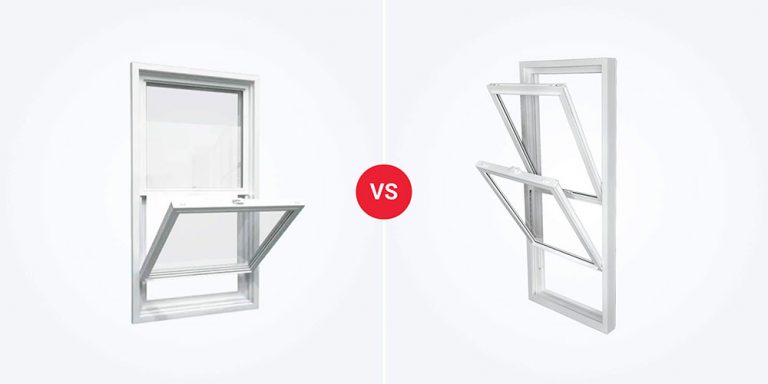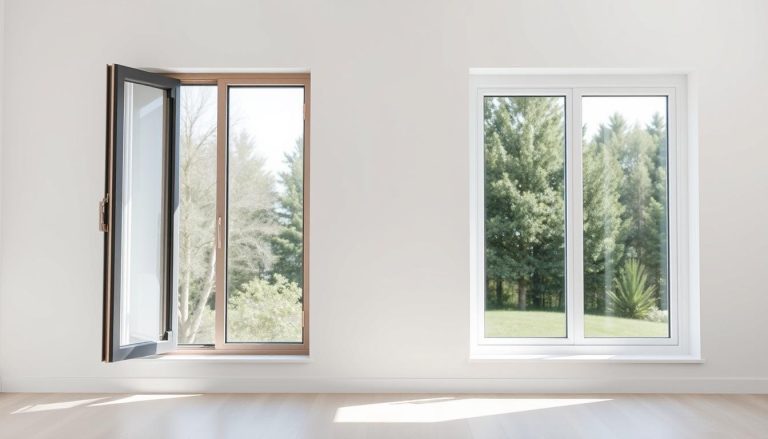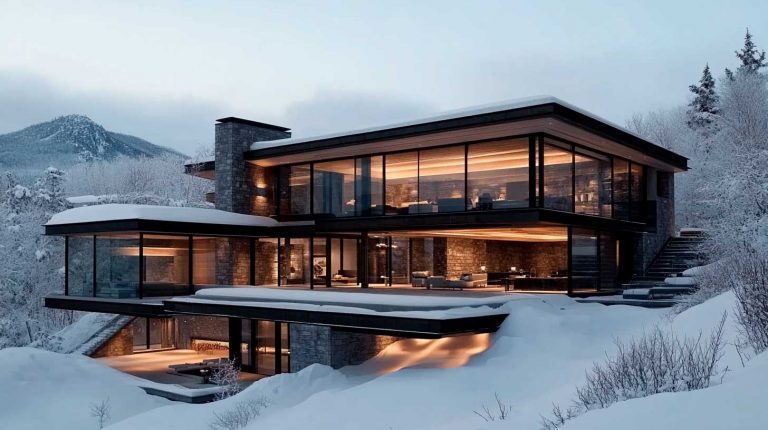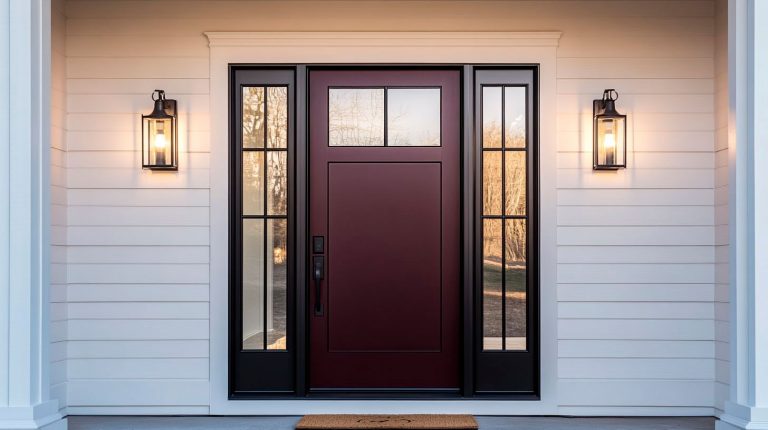Did you know up to 35% of home heat escapes through inefficient installations during frigid months? In regions where thermometers plunge below -30°C, this oversight can cost households hundreds annually while leaving interiors drafty and uncomfortable.
Harsh seasonal conditions demand solutions designed to combat extreme temperature swings. Poorly insulated panes create cold spots, frost buildup, and uneven heating. This forces furnaces to work overtime, spiking energy costs and straining budgets.
Modern advancements address these challenges head-on. Triple-pane glass, argon gas fills, and durable frames create barriers against outdoor chill. These features maintain consistent indoor warmth while reducing reliance on heating systems.
Beyond comfort, strategic upgrades protect against moisture damage and boost property resale value. We’ll explore how to identify high-performance options tailored to regional needs, balance upfront costs with long-term savings, and ensure year-round coziness without breaking the bank.
Key Takeaways
- Heat loss through outdated installations increases heating bills by up to 25%
- Advanced window technology prevents frost formation and drafts
- Energy-efficient models pay for themselves through utility savings
- Proper insulation maintains stable indoor temperatures during extreme cold
- Quality upgrades enhance property value and curb appeal
Window Replacement Near Me
Why Energy-Efficient Windows Matter in Canadian Winters
A typical Ontario household loses $200-$300 annually through inefficient window systems during cold spells. Drafty panes and outdated frames create thermal weak points that strain heating systems. Let’s explore how these vulnerabilities impact both comfort and expenses.
Comfort Challenges From Inadequate Insulation
Single-pane or poorly insulated installations act like thermal bridges. Cold air infiltrates living spaces, creating uneven temperatures and frost patterns on glass. Residents often compensate by turning thermostats higher, accelerating wear on HVAC systems.
Find related services
Essential Features for Winter-Ready Windows
Choosing the right glass technology transforms how homes retain warmth during freezing months. Modern designs combine layered insulation with advanced materials to block outdoor chill while maintaining natural light flow.
Multiple Panes, Low-E Coatings, and Inert Gas Benefits
Double- or triple-glazed units outperform single-pane models. Each layer traps air between spacers, slowing heat transfer. Manufacturers fill these gaps with argon or krypton gas. These dense gases insulate better than plain air.
“Low-E coatings reflect indoor heat back into rooms while blocking exterior cold,” notes a building science researcher at the National Research Council Canada.
Metallic oxide layers on glass surfaces act like mirrors for warmth. In colder regions, apply coatings to the innermost pane. This setup reflects heat inward during winter and outward during summer.
Understanding U-Factor and Solar Heat Gain Coefficient
| Metric | Recommended Value | Impact |
|---|---|---|
| U-Factor | ≤0.33 | Measures insulation strength |
| SHGC | 0.55 | Balances heat retention & solar gain |
Lower U-factor numbers mean better insulation. SHGC values above 0.55 let sunlight supplement heating without overheating rooms. Both metrics ensure balanced performance in snowy climates.
Find related products
Choosing the Right Frames and Materials for Cold Climates
In frigid zones, frames form the first defense against relentless cold air intrusion. Material choices directly influence thermal performance and long-term durability. Four primary options dominate the market, each with distinct advantages and trade-offs.

Material Showdown: Thermal Performance vs Practical Considerations
Aluminum frames, while durable, act like thermal highways. Their conductive nature accelerates heat transfer, making them ill-suited for extreme winters unless modified. Hybrid versions with thermal breaks offer partial solutions but require specialized installation.
“Wood’s natural insulation works wonders until humidity warps its structure,” cautions a materials scientist from the Canadian National Institute of Climate Adaptations.
Traditional wood frames excel at blocking heat loss but demand yearly maintenance. Paint or sealant coatings combat rot and expansion issues common in moisture-heavy regions. Composite alternatives like fibreglass merge durability with efficiency. Their engineered structures resist warping while maintaining consistent insulation values.
| Material | Thermal Performance | Maintenance | Cost |
|---|---|---|---|
| Aluminum | Low | Low | $$ |
| Fiberglass | High | High | $$$$ |
| Composite | High | Low | $$$ |
| Vinyl | High | Low | $$ |
Vinyl emerges as the crowd favorite. Multi-chamber designs and foam-filled cores boost insulation without inflating budgets. These frames withstand temperature swings from -40°C winters to summer heatwaves without degradation. Their sealed structures eliminate air leaks, keeping heating bills manageable.
Best Windows for Canadian Winters: Our Top Buyer's Picks
Selecting the right models makes all the difference when temperatures plummet. We’ve evaluated performance data, certifications, and real-world testing to identify solutions that excel in extreme cold.
Certified Leaders in Thermal Efficiency
Total Home Windows & Doors, Canadian Choice Windows & Doors and Clera windows dominate Energy Star’s Most Efficient list. Their triple-glazed units feature Low-E coatings and dual-seal spacers. These designs reduce heat loss by 45% compared to standard double-pane models.
Cutting-Edge Designs for Modern Homes
Casement styles outperform others in wind resistance, achieving 98% air-tight closure. For traditional layouts, double-hung models with compression seals prevent drafts while maintaining classic aesthetics. Slider options suit basement installations where space constraints exist.
Always verify installer credentials – improper fitting voids 72% of warranties. Partner with certified professionals who understand regional weather patterns and building codes.
| Brand | Key Features | Glazing | Warranty |
|---|---|---|---|
| Total Home Windows & Doors | Total Seal technology | Double/Triple | Lifetime |
| Canadian Choice Windows & Doors | Draft Lock | Triple | Lifetime |
| Clera windows | Foam-core frames, 6-chamber seals | Triple | 25 years |
Tips for Preparing and Maintaining Windows for Winter
A few simple checks can enhance your home’s warmth and energy efficiency during chilly seasons. Proper upkeep prevents heat loss while protecting against moisture damage and drafts.

Inspecting Caulking, Weatherstripping, and Frame Integrity
Start by examining exterior caulking for cracks or gaps. Use a flashlight to spot peeling sections where cold air might enter. Reapply silicone-based sealant before temperatures drop below freezing.
| Maintenance Task | Purpose | Recommended Action |
|---|---|---|
| Weatherstripping Check | Maintain airtight seals | Replace compressed or brittle strips |
| Frame Assessment | Prevent air leaks | Inspect joints for warping |
| Hardware Test | Ensure proper closure | Lubricate stiff handles/latches |
Test window operation monthly. Sticking frames or misaligned sashes create invisible gaps. Adjust hinges and tracks until closures feel snug without forcing.
Control indoor humidity to prevent condensation. Run bathroom fans for 20 minutes post-shower and keep thermostats at 20°C during daytime. These steps reduce frost buildup while maintaining comfort.
Final Steps for a Warm, Energy-Efficient Home
Selecting the right windows requires balancing thermal performance with design preferences. Prioritize models offering strong insulation and airtight seals. Pair these with professional installation to maximize energy savings and prevent air leaks.
Proper setup matters as much as product quality. Certified technicians ensure precise fitting and weatherproofing. This protects your investment through extreme temperature shifts while maintaining manufacturer warranties.
Explore rebate programs like Ontario’s Home Efficiency Rebate to reduce upgrade costs. Total Home’s flexible financing options help homeowners manage budgets without compromising quality. Many providers offer free consultations to assess regional needs.
Schedule replacements during milder seasons when contractors have availability. Prepare by measuring openings and reviewing local building codes. This ensures smooth project timelines and optimal performance when cold weather arrives.
Ready to enhance comfort? Contact certified installers for personalized quotes. They’ll guide you through material choices, efficiency ratings, and incentive applications – transforming your space into a cozy retreat that withstands harsh climates.







